Torque Vectoring Market Set for Strong Growth Through 2034: Key Trends, Innovations, and Regional Insights
Torque Vectoring Market Set for Strong Growth Through 2034: Key Trends, Innovations, and Regional Insights
The global torque vectoring market is on track for significant expansion, forecasted to grow from $11.1 billion in 2025 to an impressive $42.3 billion by 2034—a compound annual growth rate (CAGR) of 16.0%. This surge is largely driven by the automotive sector’s transition to high-performance vehicles and, crucially, electric vehicles (EVs), where torque vectoring systems play a pivotal role in improving handling, safety, and overall vehicle stability.
What is Torque Vectoring?
Torque vectoring refers to technology that precisely distributes torque to individual wheels or axles, dramatically boosting traction, cornering dynamics, and vehicle control by adapting in real time to road conditions. Traditionally utilized in advanced all-wheel-drive (AWD) and four-wheel-drive (4WD) models, torque vectoring is now increasingly used in both front- and rear-wheel-drive layouts to enhance driver experience and safety.
Key Market Drivers
- EV Adoption: As electric mobility becomes mainstream, torque vectoring offers a crucial advantage for EVs. Using precise motor control, these systems can independently regulate wheel torque, resulting in more agile, responsive, and energy-efficient driving—heightening demand in both passenger and commercial vehicle segments.
- Software Innovations: 2024 saw significant advancements as manufacturers introduced software-optimized torque vectoring tailored for EVs. Leading brands like Tesla and Porsche enhanced driving dynamics via advanced algorithms without sacrificing range. Furthermore, software-focused startups now offer modules for retrofitting existing platforms, often utilizing over-the-air (OTA) updates.
- Vehicle Architecture: Automotive suppliers are developing compact, lightweight torque vectoring differentials that better fit EV powertrains. Partnerships with sensor and technology firms enhance real-time data for more effective torque control.
- Regulatory Support: Government initiatives promoting electric vehicles and safe driving have indirectly accelerated development and adoption of vectoring technologies.
Market Trends and Innovations
- Rise of Software-Defined Vehicles: Automakers are adopting software-based torque vectoring, enabling remote updates and greater customization.
- Integration with ADAS/Autonomous Driving: Torque vectoring is increasingly linked to advanced driving systems, supporting real-time responses and improved vehicle control.
- AI and Machine Learning: Modern systems adapt to each driver’s habits and road conditions, learning and fine-tuning torque distribution for optimal performance.
- Expanded Application: While performance vehicles lead adoption, growing consumer demand for superior driving dynamics is pushing torque vectoring into more everyday models and even commercial/off-road categories.
Challenges
Despite optimistic growth, high integration costs and technical complexity, especially with legacy or budget vehicles, remain significant hurdles. Manufacturers continue to seek a balance between performance gains and affordability. Additionally, ensuring these systems’ reliability under extreme conditions and defending against cybersecurity threats are top priorities for future development.
Market Segmentation & Regional Outlook
- By Clutch Actuation Type: Focus on electronic clutch systems
- By Vehicle Type: Heavy commercial vehicles and passenger cars
- By Propulsion: Rear-wheel drive (RWD), all-wheel drive (AWD), four-wheel drive (4WD)
- By Technology: Increasing adoption of passive torque vectoring systems (PTVS)
- By Geography: Rapid expansion across North America, Europe, Asia-Pacific, Middle East & Africa, and South & Central America
Key Industry Players
Notable companies shaping the torque vectoring market include:
- BorgWarner Inc.
- ZF Friedrichshafen AG
- Continental AG
- Schaeffler AG
- Aisin Seiki Co. Ltd.
- Bosch Group
- Magna International Inc.
- Dana Incorporated
- American Axle & Manufacturing Inc.
- Haldex AB
- Audi AG
- and others
Strategic Insights & Analysis
The latest research covers:
- Global market size and CAGR forecasts through 2034
- Impacts of geopolitical and economic policies on demand, supply chain, and trade
- Segmentation by product type, propulsion, end user, and region (5 regions, 27 countries)
- Competition profiles, company strategies, financial performance, and technology updates
- Value chain, price, and market trend analysis
Conclusion
Looking ahead, torque vectoring is poised to become standard in mid- to premium EVs and hybrids, with ongoing innovations in software, hardware, and AI. Challenges around cost, compatibility, and cybersecurity must be addressed, but continued market growth is expected as manufacturers and consumers prioritize advanced, safe, and efficient mobility solutions.
This content is for informational purposes only and does not constitute financial advice.

